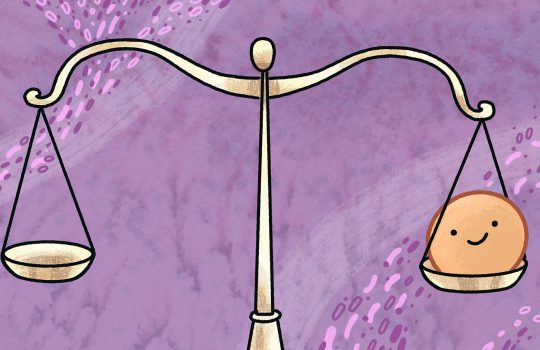Hidden neutrino particles may be a link to dark sector
From Scientific American, July 2020: Evidence for the existence of a sterile neutrino is compelling, but the idea that certain experiments might be detecting a fourth neutrino remains controversial. Projects around the world seek to settle the matter, including Fermilab’s Short-Baseline Neutrino program.


